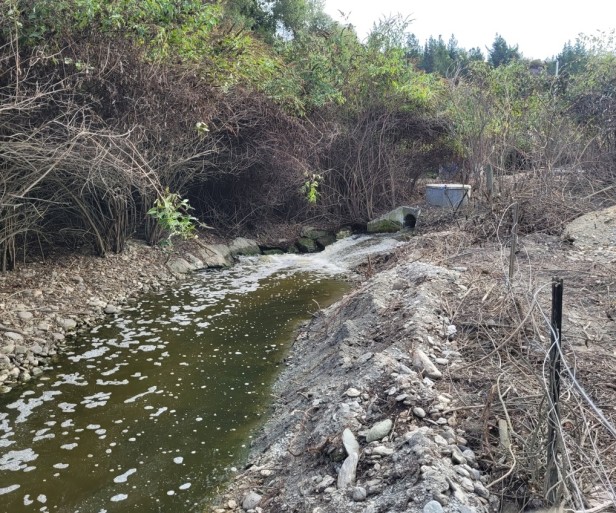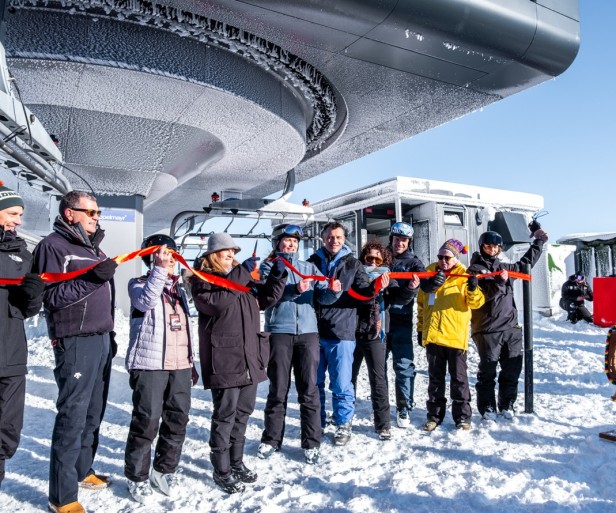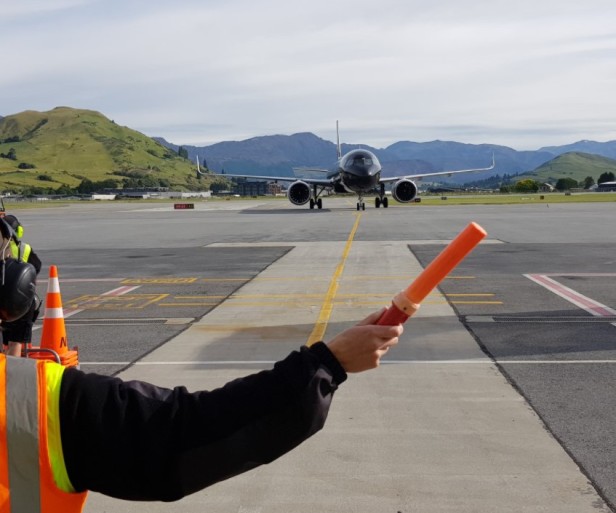Major project to restore woodland

Native planting is expected to begin next March to re-cloak Coronet Forest near Arrowtown.
The landmark five-to-seven year project will see species such as tawhai rauriki (mountain beech), kōwhai, kōhūhū (pittosporum) and kapuka (broadleaf) return to the hillside above Malaghans Rd.
It follows the early harvest of the 172ha of Douglas fir, which were established as a commercial forest between 1984 and 1996. They'd become a significant seed source contributing to the wilding pine problem on neighbouring indigenous tussock grassland.
Some 90,000 tonnes of timber were removed from the site between January 2020 and May 2023 by Mike Hurring Logging Ltd, netting Queenstown Lakes District Council (QLDC) almost $1.9 million in profit.
Now the work begins to regenerate the hillside to its former glory, likely bolstered by network of recreational trails for walking, biking, horse riding and for paragliding access.
QLDC has awarded the contract to iwi-owned and operated charitable company Te Tapu o Tāne and environmental science consultancy e3Scientific Limited.
Queenstown Lakes mayor Glyn Lewers says the partnership is bigger than a regeneration project.
"Ultimately this is about creating relationships and connections as we work together to restore and protect our local natural environment for generations to come," Lewers says. "It provides a unique opportunity to be a leading example of how ecological restoration can be successfully achieved within the Otago region and throughout Aotearoa New Zealand."
Coronet Peak and much of Queenstown was once covered in native forest abundant with tāwhai (silver beech), tōtara (podocarp) and mānuka, and bordered extensive wetlands at its base. This area would have been thriving with kiwi, kereru, weka, tuatara and many other taonga species. It was an important place for mahinga kai (natural food source) and has links to the Ngai Tahu Rūnanga.
Te Tapu o Tāne chief executive Jana Davis say: "The Queenstown community have spent the last few years watching the pine forest come down, it’s going to be great seeing the new direction for the maunga (mountain).
“We plan to hold a few wānanga (workshops) over the next 12 months as we get the site ready to come alive with eco-sourced trees and plants and scale up the intensive pest control operation."
Davis says the awarding of the contact is a special moment for organisation, on behalf of Ngāi Tahu kī Murihiku, and acknowledged Kāi Tahu ki Otago for all their support.
“The Coronet Forest kaupapa is all about building on the partnership between QLDC, Mana Whenua, Te Tapu o Tāne and Citycare Property, as well as the kaimahi at e3Scientific.
"On behalf of all our partners it is a privilege to be delivering this kaupapa for our hometown and building the Whakatipu Basin towards a deafening dawn chorus of taonga manu (native birds) and providing access to the largest indigenous reforestation project in the history of the basin. He waka eke noa, we are all in this waka together.
“The kaupapa will provide opportunities supporting regional development including local jobs and training.”
Te Tapu o Tāne is also involved in the Treespace replanting project on nearby Mount Dewar.
e3Scientific managing director Glenn Davis says reinstating the forest is the latest step in a significant history of ecological restoration work in the district over the last 20 years.
"These projects have provided the ecological community with the skills, expertise and confidence to reinstate local biodiversity at a landscape scale," Glenn Davis says.
"The role of e3Scientific is to bring together and impart the knowledge we have gained to maximise the performance of the plantings and ensure that the project leads the delivery of large scale ecological restoration in Aotearoa New Zealand."
The first year of work involves site preparation and planning.
To follow this project, including opportunities for community involvement, head to www.qldc.govt.nz/coronet-forest









